On the morning of June 8, Hung Vuong Hospital (HCMC) announced that doctors there promptly saved the mother and child of Ms. PTKL (37 years old, living in Nha Be, HCMC) who suffered a ruptured uterus during pregnancy.
Accordingly, Ms. L. had 3 children, including 1 normal birth and 2 cesarean sections. When she was 39 weeks and 6 days pregnant, she suddenly had a stomachache so she went to Hung Vuong Hospital for emergency care.
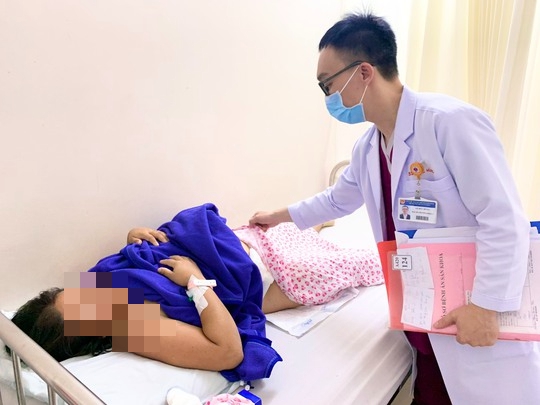
Doctor visits patient after surgery
At the hospital, after examination, the doctor suspected a ruptured uterus, so she had an emergency surgery. In the operating room, the pregnant woman had vaginal bleeding with bright red blood, the amount of blood loss was about 500ml. After opening the abdominal wall, it was found that the uterus had ruptured before. The fetus was still alive, lying in the amniotic sac and the amniotic sac was in the pelvic area. It was noted that there was very little amniotic fluid, yellow-green in color.
The fetus, a girl, was quickly cut and the umbilical cord was clamped and brought out safely along with the placenta. Upon examination, the doctors found that the uterus had previously torn horizontally, at the same location as the old surgical scar. The doctors said that this pregnant woman had an old surgical scar from two previous births, so the uterus was pressed against the bladder. Meanwhile, the uterine tear at the old surgical scar extended to the right hip, close to the ureter. Therefore, after removing the baby and repairing the rupture to preserve the uterus, the team noticed signs of edema, so they checked the bladder; placed specialized instruments to check the ureter. Fortunately, the patient did not injure the bladder or ureter. Therefore, the team continued to suture the ruptured blood vessels to prevent the risk of edema. At the same time, the pregnant woman also had a drainage tube placed into the abdomen for monitoring.
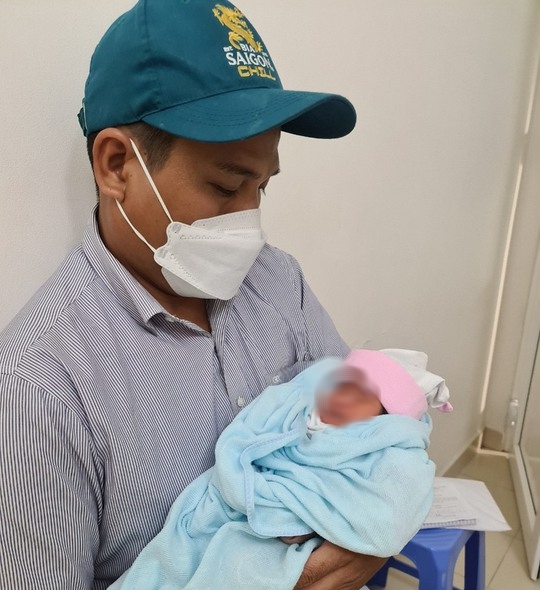
The baby girl is now with her mother and is being breastfed from the hospital's breast milk bank.
Dr. Hoang Le Minh Hien, Deputy Head of the Social Work Department at Hung Vuong Hospital, said that two days after the emergency surgery, the health of the mother and baby is stable. The baby girl is with her mother and is being fed milk from the hospital's breast milk bank.
Associate Professor, Doctor, Doctor Huynh Nguyen Khanh Trang, Head of the Department of Obstetrics and Gynecology, Pham Ngoc Thach University of Medicine - Head of the Department of Delivery, Hung Vuong Hospital, said that uterine rupture is an obstetric complication that can easily lead to death for both mother and child because every minute the ruptured blood vessels can cause a loss of 400-500ml of blood. Thus, it only takes about 10 minutes for all the blood in the body to run out, leading to cardiac arrest, causing the fetus to die first, followed by the mother.
Normally, if the pregnancy is on the old surgical scar, the pregnant woman must have regular check-ups, the doctor will admit her to the hospital for monitoring when the fetus is mature enough (37-38 weeks) to be assigned to have an active cesarean section. However, in this case, the pregnant woman did not have a full check-up to get advice, when she was admitted to the hospital, the uterus with the old scar was too much to bear and ruptured.
According to world statistics, for every 1,000 pregnancies with 1 previous cesarean section, there are 5 cases of uterine rupture, this rate increases 4 times for those who have had 2 pregnancies and cesarean sections. Therefore, pregnant women with a previous cesarean section in their uterus must go for a pregnancy check-up and fully report to the doctor for specific advice and guidance.
Doctor Khanh Trang recommends cases that have had 2-3 cesarean sections, although not in the group of contraindications to pregnancy. Because there are many cases due to personal reasons (first husband had 2 children by cesarean section, then broke up and remarried and the husband wanted to have children). Falling into this situation can still get pregnant but must be closely monitored at specialized hospitals with experienced doctors. Doctors will examine and predict risk factors in advance to promptly handle.
Source


![[Photo] National Assembly Chairman Tran Thanh Man receives Chairman of the House of Representatives of Uzbekistan Nuriddin Ismoilov](https://vphoto.vietnam.vn/thumb/1200x675/vietnam/resource/IMAGE/2025/10/27/1761542647910_bnd-2610-jpg.webp)




![[Photo] Party Committees of Central Party agencies summarize the implementation of Resolution No. 18-NQ/TW and the direction of the Party Congress](https://vphoto.vietnam.vn/thumb/1200x675/vietnam/resource/IMAGE/2025/10/27/1761545645968_ndo_br_1-jpg.webp)




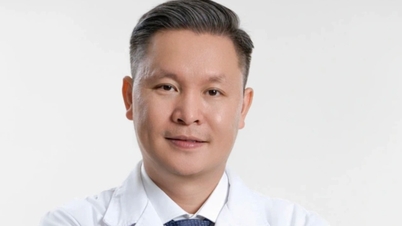
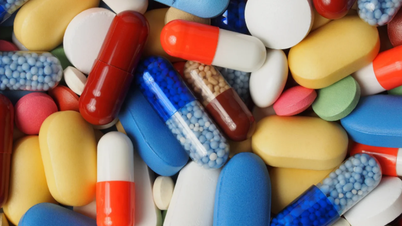








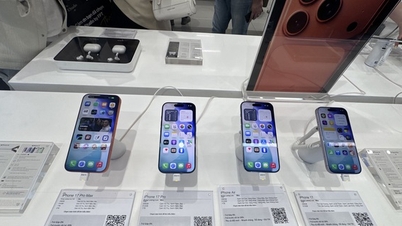
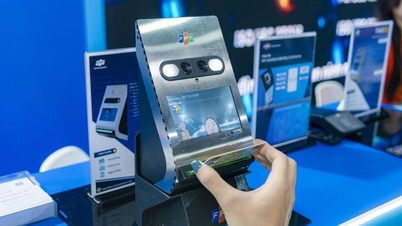
















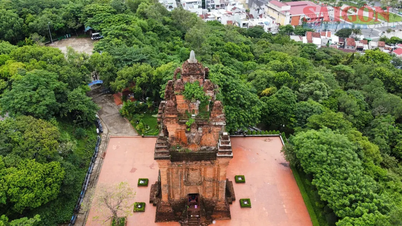

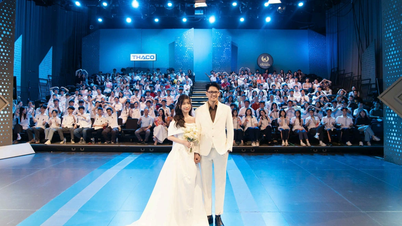
















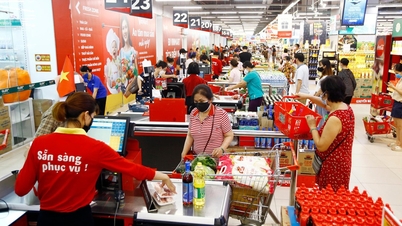
























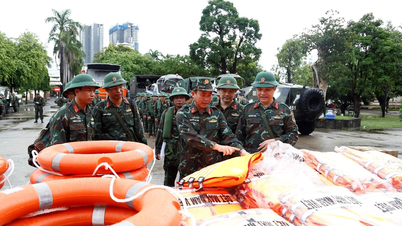

















Comment (0)